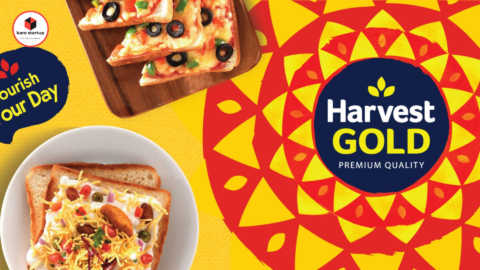Imagine you have a craving and you want something to eat. If you want something light to eat and quick to make without a lot of work, you might make yourself some Maggi. Or maybe you don’t want to cook at all, you could just “take a break” and have a KitKat bar. Or maybe you’re in the mood for a cup of coffee, so you take out a sachet of Nescafe and mix it in a glass of milk. All of these items are household names in India. These products belong to the brand, Nestlé.
Nestlé is a world renowned brand. It is a leading company in the food and beverage industry. Its name is synonymous with quality, nourishment, and indulgence. It has grown exponentially over the years and established itself around the globe.
What is the secret of its success? How is it unique and what makes it different from other brands? What is its current status and what is Nestlé’s future? In this blog, we will uncover Nestlé’s marketing strategies that let it enrich our lives. So, let’s begin!
Nestlé’s tagline is “Good Food, Good Life”. Its mission is to “shape a better and healthier world”. It positions itself as a nutrition, health, and wellness company.
Nestlé’s original trademark was based on the founder Henri Nestlé’s family’s coat of arms, which featured a single bird on a nest. In time, he added three young birds being fed by a mother, to help create a link between his name and the products he’d created.
Since it was trademarked in 1868, the Nestlé logo has gone through many changes. However, the iconic nest still sits on its brands worldwide. The nest is a reference to its founder’s surname, meaning ‘nest’ in German. Let’s learn more about Nestlé’s rich history and origin.
Nestlé’s Origin and History
Nestlé is one of the world’s largest food and beverage companies. It has a rich history that spans over 150 years. The company was founded in 1867 by Henri Nestlé, a German-born Swiss pharmacist, in Vevey, Switzerland. Henri’s initial motivation for founding the company was to combat infant mortality by providing an alternative to breast milk for babies who were unable to breastfeed.
Henri Nestlé’s first product was a nutritious infant formula made from cow’s milk, wheat flour, and sugar, which he named Farine Lactée. This innovative product soon gained popularity across Europe, particularly during periods of food shortages and economic hardship.
In 1905, Nestlé merged with the Anglo-Swiss Condensed Milk Company to form the Nestlé and Anglo-Swiss Milk Company. This merger expanded Nestlé’s product range to include condensed milk, chocolate, and other dairy products.
Throughout the 20th century, Nestlé continued to grow and diversify its product offerings. The company expanded its presence globally, establishing operations in various countries and becoming a leading player in the market. In the decades that followed, Nestlé further expanded its product range to include a wide range of food and beverage categories, including coffee, bottled water, pet care, and nutrition products.
Today, Nestlé operates in nearly every country in the world and employs over 300,000 people. The company’s iconic brands, including Nescafé, KitKat, Maggi, and Nespresso, are household names recognized and enjoyed by millions of consumers worldwide. It remains true to its founding principles of providing nutritious and delicious products that enhance the quality of life for people everywhere.
Marketing Strategies of Nestlé
We now know about Nestlé’s origin and history as well as its goals. Being one of the largest food and beverage companies, it employs a variety of marketing strategies to promote its products. Here are some key marketing strategies incorporated by Nestlé:
Nestlé’s Brand Portfolio Management:
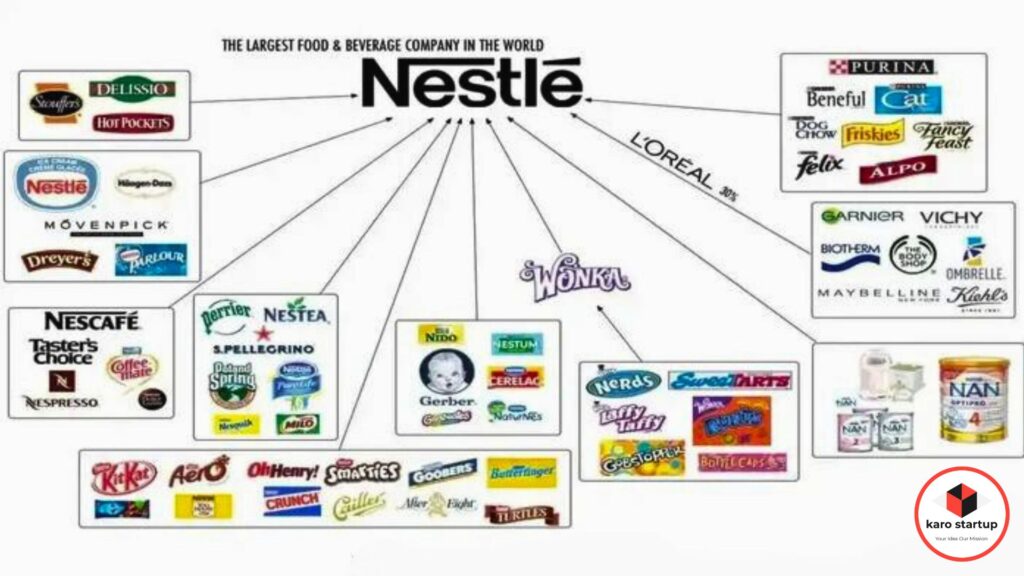
Nestlé manages a diverse range of brands across various categories, including food, beverages, confectionery, and nutrition. The company strategically positions each brand to target specific consumer segments and meet their different needs and preferences.
Nestlé’s Product Innovation:
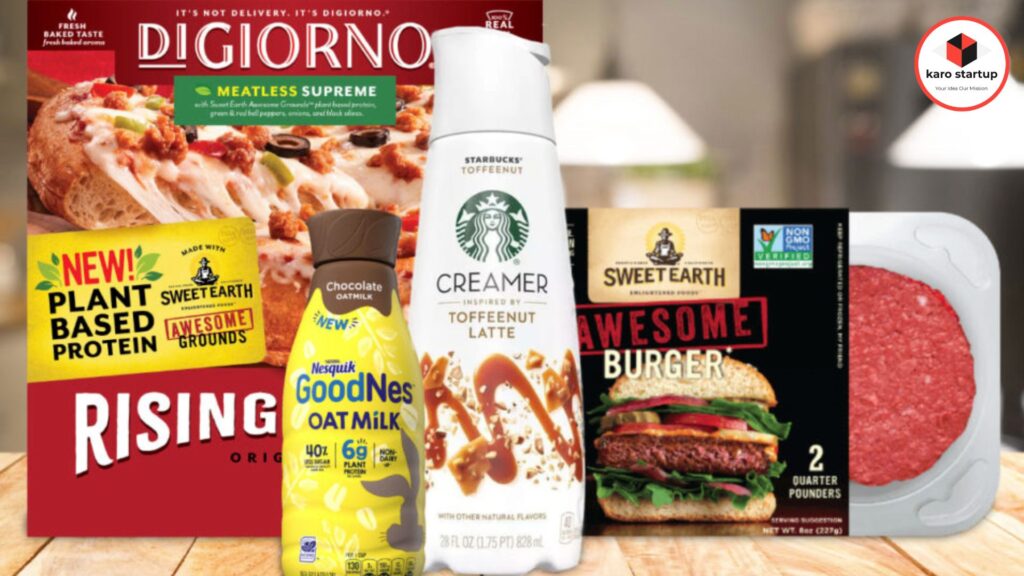
Nestlé continuously invests in research and development to innovate and introduce new products that meet changing consumer demands and preferences. It uses consumer insights and market trends to develop innovative products that address emerging health and wellness concerns, convenience needs, and flavor preferences.
Nestlé’s Consumer Engagement:
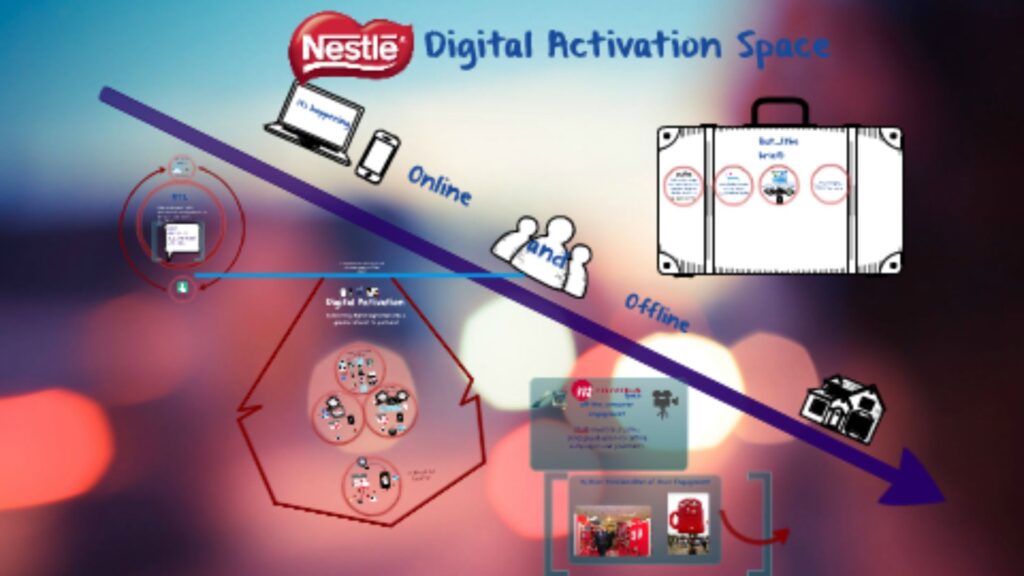
Nestlé actively engages with consumers through various channels, including advertising, social media, and experiential marketing. It uses storytelling and consumer-centric messaging to connect with consumers on an emotional level and build brand loyalty.
Nestlé’s Digital Marketing:

Nestlé embraces digital marketing strategies to reach consumers in an increasingly digital world. The company utilizes social media platforms, online advertising, influencer marketing, and e-commerce channels to engage with consumers.
Nestlé’s Sustainability Initiatives:
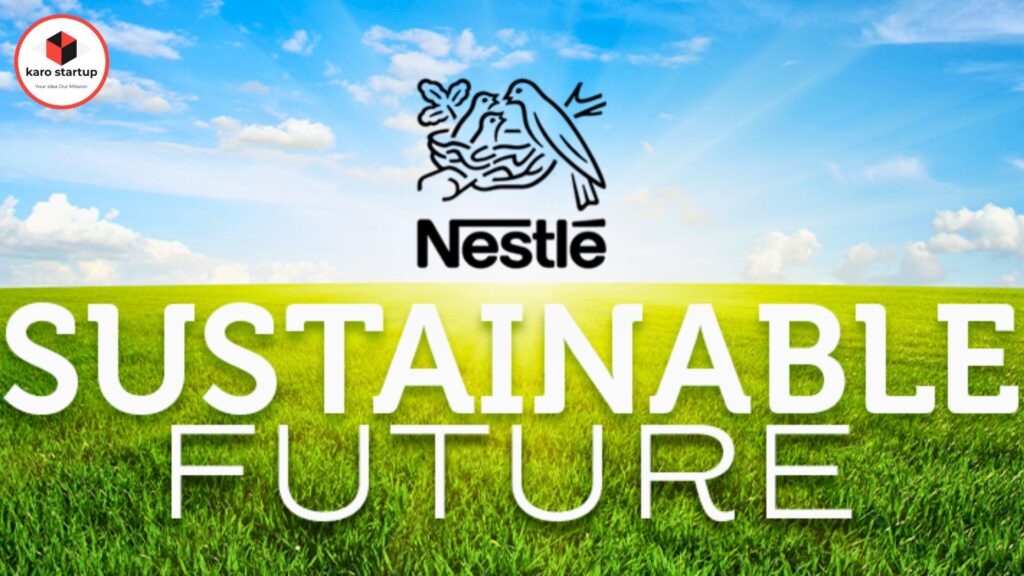
Nestlé integrates sustainability into its marketing strategies by highlighting its commitment to responsible sourcing and environment protection. The company communicates its sustainability initiatives through marketing campaigns, packaging, and corporate communications to resonate with environmentally conscious consumers.
Nestlé’s Health and Nutrition Messaging:

With growing consumer awareness about health and wellness, Nestlé emphasizes the nutritional benefits of its products through marketing campaigns and packaging. It promotes products with reduced sugar, salt, and fat content, as well as those fortified with vitamins, minerals, and other beneficial nutrients.
Nestlé’s Partnerships and Collaborations:
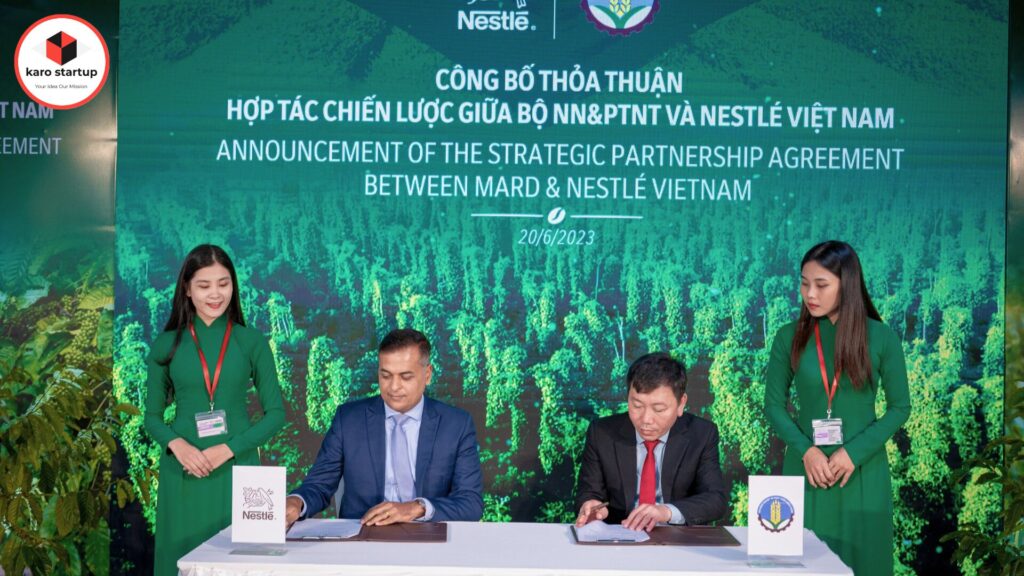
Nestlé collaborates with various stakeholders, including retailers, NGOs, and government agencies, to amplify its marketing efforts and reach a broader audience. It forms strategic partnerships to co-create marketing campaigns, sponsor events, and support community initiatives.
These are Nestlé’s marketing strategies which help to grow its consumer base and drive brand growth in a competitive market.
What are Nestlé’s Other Unique Strategies?
There are several other unique strategies of Nestlé which it uses in order to keep its position as a leading brand. These are:
Nestlé’s Focus on Local Preferences:
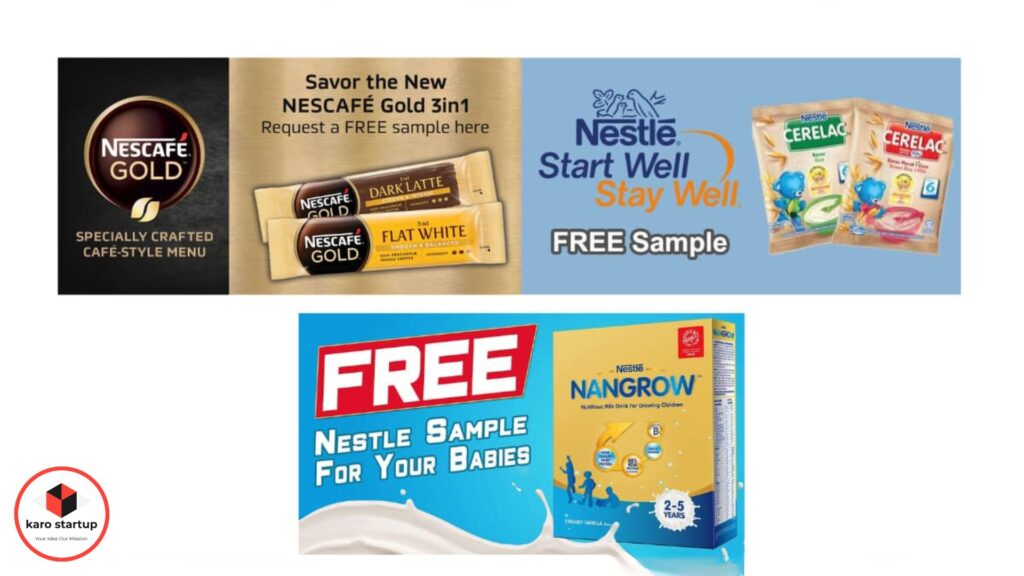
Nestlé customizes its products to match local tastes and preferences in the market. For example, the company offers regional variants of its popular brands like Maggi noodles, incorporating flavors and ingredients that resonate with Indian consumers.
Nestlé’s Rural Market Penetration:
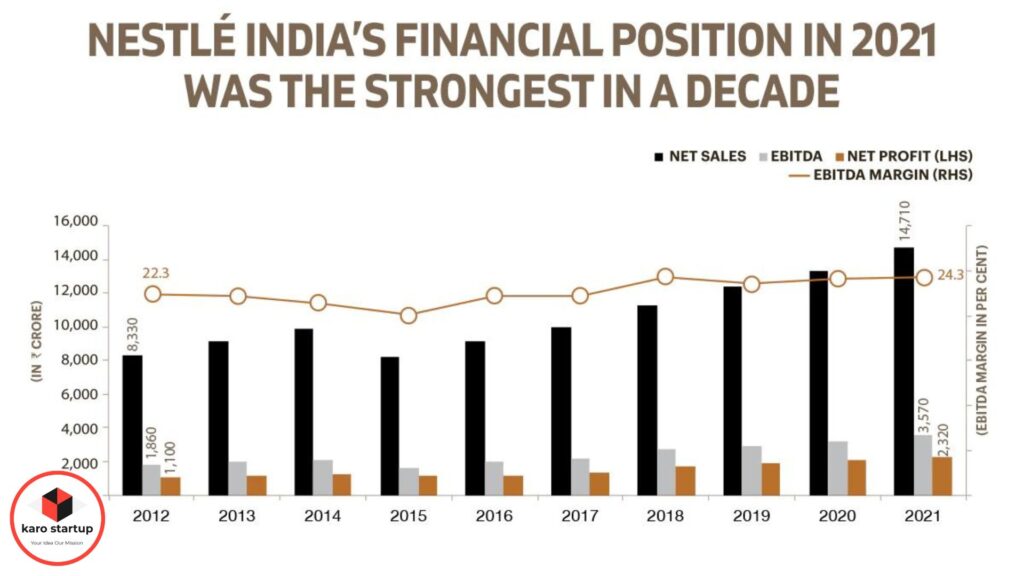
Nestlé has implemented strategies to expand its presence in rural areas, recognizing the significant growth potential of these markets. It invests in distribution networks, launches affordable product variants, and conducts targeted marketing campaigns to reach consumers in rural areas.
Nestlé’s Healthcare Partnerships:

Nestlé collaborates with healthcare professionals and organizations to promote health and nutrition education in India. Through initiatives such as the ‘Nestlé Healthy Kids’ program, it works to raise awareness about balanced diets, micronutrient deficiencies, and healthy lifestyle choices among children and families.
Nestlé’s Digital Innovation for Accessibility:
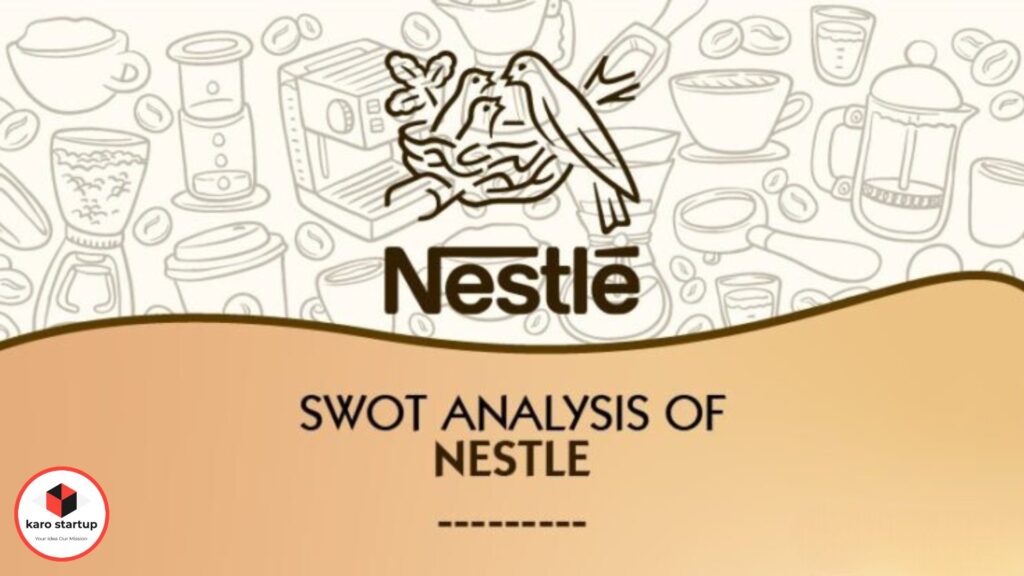
Nestlé makes use of digital technology to enhance accessibility and convenience. The company has introduced e-commerce platforms and mobile applications that allow consumers to purchase Nestlé products online and access nutritional information, recipes, and cooking tips.
Nestlé’s Sustainability in Sourcing:
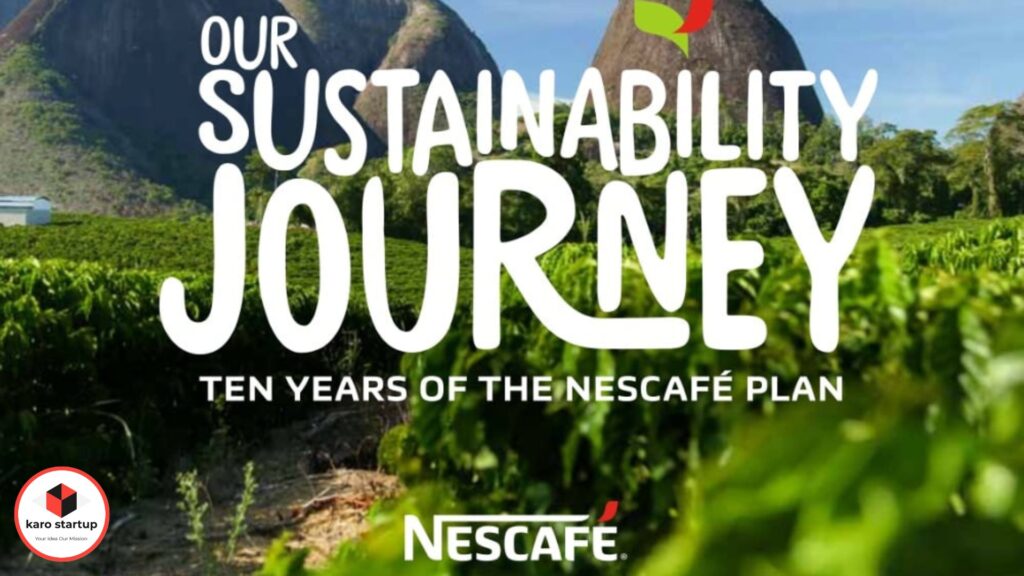
Nestlé is committed to sustainable sourcing practices for key ingredients used in its products, such as cocoa, coffee, and dairy. For example, it works closely with local farmers and agricultural communities in India to promote responsible farming practices, improve livelihoods, and protect natural resources.
Nestlé’s Community Engagement:
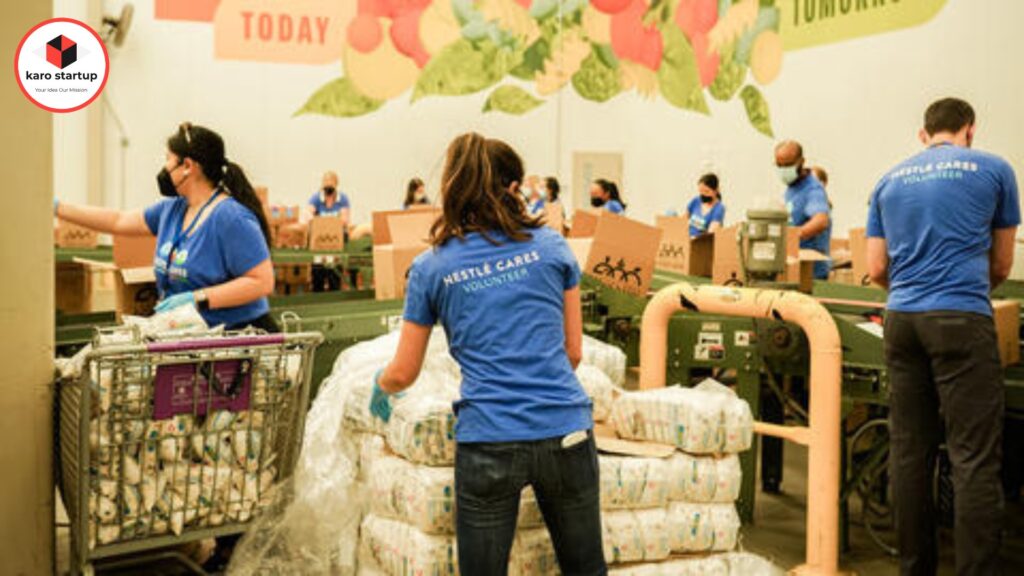
Nestlé actively engages with communities across the globe through various social initiatives and partnerships. It supports programs focused on water conservation, rural development, women’s empowerment, and skill-building, contributing to positive social impact and strengthening its reputation as a responsible corporate citizen.
These strategies reflect Nestlé’s efforts to adapt to the market dynamics, ensure its sustainable growth, and make a meaningful contribution to the well-being of consumers.
How is Nestlé Different from Other Brands?
Nestlé is a leading company in its segment of the market. However, it is not the only one. It stands out from other brands in ways. Unlike many other brands that specialize in specific product categories, Nestlé has a large range of products spanning multiple sectors, including food and beverages, nutrition, healthcare, and pet care. This allows it to provide for a wide variety of consumer needs, offering something for everyone under its umbrella.
While some brands focus solely on global expansion or local markets, Nestlé successfully strikes a balance between the two. With a presence in over 180 countries, it operates on a global scale, yet it remains committed to adapting its products and strategies to local cultures, tastes, and preferences in each market.
Nestlé prioritizes health and wellness across its products, incorporating nutritional science and research into product development. Unlike brands that may prioritize taste or convenience over nutritional value, it strives to offer products that are not only delicious but also contribute to balanced diets and overall well-being.
Nestlé’s approach to sustainability sets it apart from many other brands in the industry. It has made significant commitments to the environment, responsible sourcing, and reducing its carbon footprint. Nestlé’s initiatives extend beyond mere compliance with regulations, and demonstrate genuine dedication to creating a positive impact on the planet.
Nestlé’s corporate culture and values shape its business practices and differentiate it from competitors. It places a strong emphasis on integrity, transparency, and respect for stakeholders, including consumers, employees, suppliers, and the communities in which it operates. This ethical behavior and corporate responsibility is evident in its actions and initiatives, generating trust and loyalty among consumers and stakeholders.
These things distinguish Nestlé as a leader in the industry, setting it apart from other brands.
What is Nestlé’s Current Status?
Nestlé continues to be a dominant force in the global food and beverage industry, with a significant presence in India. As of the most recent financial reports, Nestlé has recorded robust performance, reflecting its continued growth and market strength.
Nestlé’s success in India can be attributed to its strategic investments in product innovation, brand building, distribution expansion, and consumer engagement initiatives. The company’s iconic brands such as Maggi, Nescafé, KitKat, and Cerelac continue to enjoy strong consumer loyalty and market acceptance.
Nestlé’s commitment to quality, safety, and nutrition, combined with its focus on sustainability and corporate social responsibility, has helped strengthen its reputation and generate trust among consumers.
Overall, Nestlé’s current status reflects its position as a market leader and a trusted provider of high-quality food and beverage products.
What is Nestlé’s Future?
Nestlé’s future outlook remains optimistic. It is expected to capitalize on the growth opportunities presented by emerging markets, including India. These offer significant potential for Nestlé to expand its presence and capture market share.
As consumers increasingly prioritize health and wellness, Nestlé is well-positioned to make use of its expertise in nutrition science and research to develop innovative products. Its ongoing efforts to enhance the nutritional profile of its offerings and promote healthier lifestyles are expected to drive growth in the health and wellness segment.
Nestlé is embracing digitalization and e-commerce to enhance its consumer engagement, distribution channels, and operational efficiency. It is committed to advancing its sustainability agenda, with ambitious goals to reduce greenhouse gas emissions, minimize waste, and promote responsible sourcing of raw materials. It aims to create long-term value for stakeholders while mitigating environmental impact.
Nestlé closely monitors regulatory developments and adapts its practices to comply with evolving food safety, labeling, and advertising regulations. It aims to maintain consumer trust and ensure compliance with local and international standards. Nestlé is well-equipped to navigate the opportunities and challenges that lie ahead in the global market.
Some More Stories
Conclusion
In summary, Nestlé has been in existence for more than 150 years. It has grown exponentially over the years and has gained people’s loyalty and trust. It has established itself as a household name and its products have become part of everyday lives.
Nestlé is constantly pushing the boundaries of what’s possible with food, drink and nutritional health solutions. It aims to enhance quality of life and contribute to a healthier future for all.
Nestle has understood the market dynamics and will continue its growth and expansion over the coming years. It will use its strong marketing techniques in order to keep itself as a leading company around the globe and carry on its age-old legacy and heritage.
Frequently Asked Questions (FAQs)
Who is the founder of Nestlé?
Henri Nestlé founded the company in the year 1867.
What is Nestlé’s tagline?
Nestlé’s tagline is “Good food, Good life”
What is Nestlé’s logo?
Nestlé’s logo consists of three young birds being fed by a mother.
Who designed Nestlé’s logo?
Henri Nestlé the Nestlé logo was designed in 1868. It was based on the meaning of his name in German. The logo also included a little nest, and his family emblem.
Where is Nestlé’s headquarters?
Nestlé’s headquarters are in Vevey, Switzerland. It is the place of its origin.


